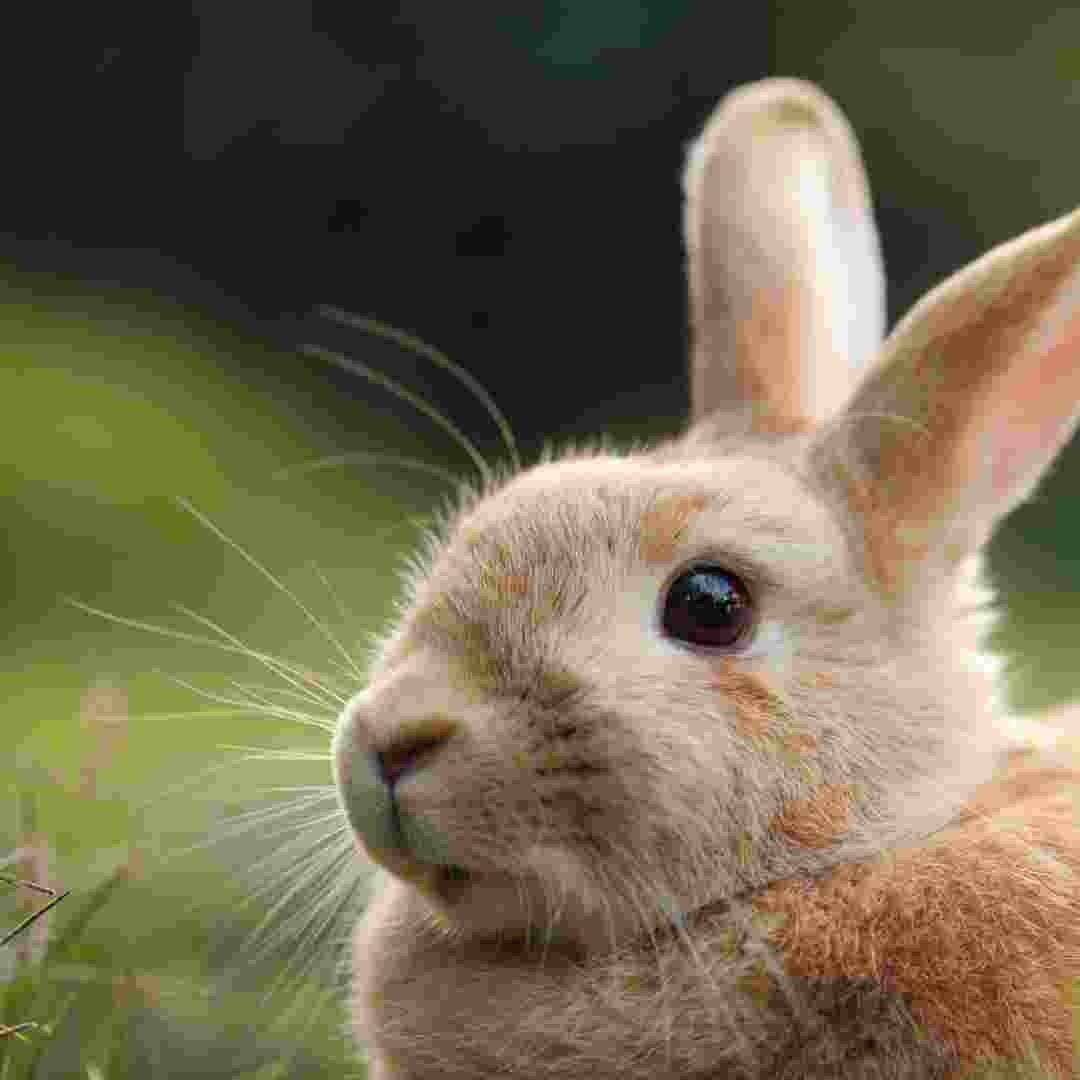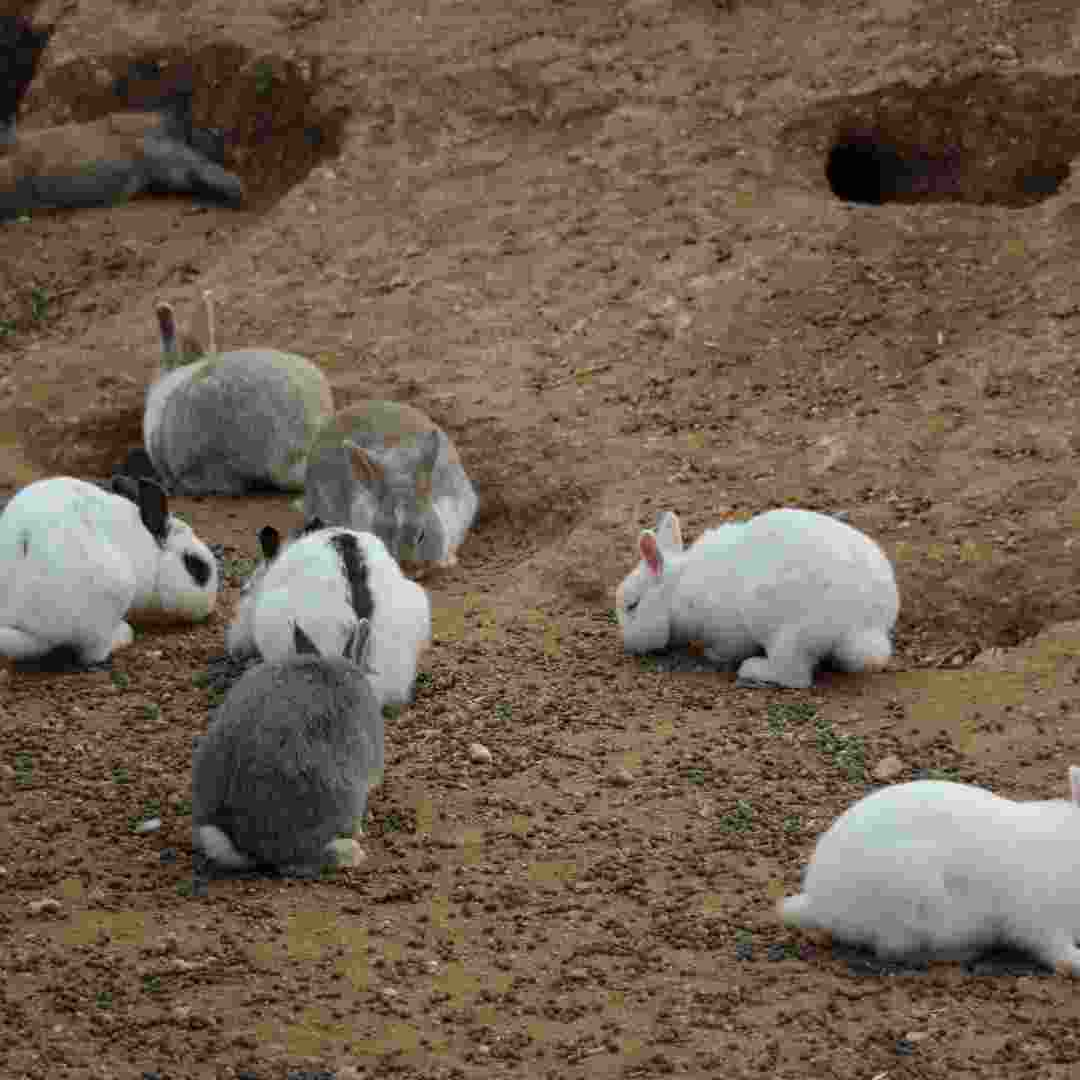Contents
Introduction
Rabbit Damage to Your Home and Garden
Rabbit Pet Health Risks
Invasive Rabbits' Environmental Impact
Overpopulation of Rabbits negatively impacts
Domesticating Wild Rabbits Issues
Q&A
Conclusion
Introduction
pets
Rabbits make great pets, but not for everyone. Rabbits need a lot of care and are hard to handle. These destructive creatures need lots of space. A rabbit may not be the perfect pet for you if you can't care for it.
Rabbit Damage to Your Home and Garden
Rabbits may be cute, but they can damage your property and yard if not properly maintained. Rabbits multiply quickly and can become a problem if not controlled. Allowing them to roam might also damage your property.
Rabbits can destroy garden plants and veggies. They love fresh shoots and can destroy a garden if left unchecked. Rabbit burrows and tunnels destroy plant roots and soil structure.
In the home, rabbits can destroy furniture, carpets, and more. They chew on furniture, carpets, and other belongings, requiring pricey repairs. Fires can result from their chewing electrical wiring.
Rabbits spread sickness too. They can transmit fleas, ticks, and other parasites to humans and animals. They can also spread deadly tularemia.
Keep rabbits out of your home and garden to avoid harm. Garden fencing is the best way to keep rabbits out. Consider repellents or traps to keep rabbits out of your yard.
Make sure your home isn't rabbit-friendly. Avoid hiding areas like wood heaps and rubbish by mowing your yard. Cover your trash cans and eliminate rabbit-attracting food.
These procedures will help safeguard your home and garden against rabbits.
Rabbit Pet Health Risks
Although popular pets, rabbits take a lot of care. Pet rabbits can be rewarding, but they pose health dangers. Awareness and mitigation of these dangers are crucial.
Injury is a major health concern of rabbit ownership. Because they're interested and active, rabbits can quickly hurt themselves if left unsupervised. Sharp furniture corners and cables might potentially hurt them. To prevent rabbit injuries, maintain a safe environment and watch them.
Disease is another rabbit pet health issue. Rabbits can get lung illnesses, ear mites, and parasites. For your rabbit's health, keep their habitat clean and take them to the vet often.
Rabbits can also become obese. Lack of exercise or a high-carb diet can cause this. Preventing rabbit obesity requires a balanced diet and plenty of activity.
Rabbits are great pets, but they pose health dangers. Protecting your rabbit from these threats will keep it healthy and happy.
Invasive Rabbits' Environmental Impact
Globally, invasive rabbit species have damaged ecosystems. Rabbits reproduce swiftly and can cause many problems.
Herbivorous rabbits can significantly damage plants. They devour a lot of grass, bushes, and other plants, reducing biodiversity and food for other species. This can diminish native species and enhance invading species.
Rabbit burrowing causes soil erosion. Deep burrows destabilise soil, increasing flow and sedimentation. This reduces water quality and increases contaminants.
Additionally, rabbits can carry diseases to other species. They can transmit parasites and diseases, lowering local wildlife populations.
Rabbits harm infrastructure too. They gnaw cables and wires, causing power outages and other issues. Crop damage reduces agricultural productivity.
Environmental damage can result from invasive rabbits. Their number and spread must be controlled. This includes fence, trapping, and other population control tactics. Public education regarding invasive species and their control is also crucial.
Overpopulation of Rabbits negatively impacts
Rabbit overpopulation is developing worldwide. Due to the release of domesticated rabbits into the wild, lack of natural predators, and food availability, it is caused. Rabbits seem harmless, yet overpopulation can affect the environment.
Plant degradation is a major consequence of rabbit overpopulation. Rabbits feast on grasses, bushes, and trees. Rabbits consume vegetation quickly, causing soil erosion and wildlife habitat loss. This can devastate the local environment.
Overpopulation of rabbits can exacerbate disease. Rabbits carry tularemia, myxomatosis, and rabbit hemorrhagic sickness. In rabbit-rich areas, these diseases can spread swiftly, killing other animals and humans.
Traffic accidents might also increase with rabbit overpopulation. Rabbits can menace drivers in large numbers. Many cars hit rabbits, causing property damage and death.
Environmental damage from rabbit overpopulation is considerable. It's necessary to spay and neuter domestic rabbits and manage their release into the wild to reduce rabbit populations. These methods can benefit the ecosystem and reduce rabbit overpopulation.
Domesticating Wild Rabbits Issues
Wild rabbit domestication is challenging and often fails. Training and socialising wild rabbits is challenging because they are not used to humans. Wild rabbits are hard to house and feed and may spread diseases.
Domesticating wild rabbits is difficult since they are not habituated to humans. Naturally skittish wild rabbits can be hard to train. They may bite and scratch, endangering the rabbit and handler. Without experience, wild rabbits may get agitated or terrified when touched.
Domesticating wild rabbits may spread diseases to people and other animals. Wild rabbits can spread parasites, germs, and viruses that can infect humans and animals. Fleas and ticks from wild rabbits can also infect humans and animals.
It may be hard to house and feed wild rabbits. Wild rabbits need unique foods and housing that may be difficult to provide at home. Wild rabbits may also escape their confines and need extra space.
Overall, domesticating wild rabbits is tough and often fails. Untrained wild rabbits may carry diseases that can infect humans and other animals. Wild rabbits need unique foods and housing that may be difficult to provide at home. It's crucial to examine the obstacles of domesticating wild rabbits before trying.

Q&A
1 Why are rabbits bad?
Rabbits harm gardens and property. They can spread viruses and parasites that harm humans and animals.
2. What damage do rabbits do?
By eating plants, digging holes, and droppings, rabbits harm gardens and landscape. Fires can result from them chewing electrical lines.
3. Can rabbits spread disease?
Rabbit urine, saliva, and droppings spread illnesses and parasites. Humans and other animals can contract these from rabbits or their droppings.
4. How can I safeguard my property against rabbits?
Blocking rabbit access is the best method to protect your property. Fences, netting, and other barriers can deter rabbits.
5. If a rabbit is on my property, what should I do?
A wildlife rehabilitator or animal control officer should be contacted if you locate a rabbit on your property. They can securely remove and relocate the rabbit.
Conclusion
pets
Rabbits make great pets but need a lot of care. They are not low-maintenance pets. Rabbits need space, food, and vet visits. They destroy furniture and other home things by chewing. For these reasons, rabbits may not be the greatest pet for everyone.
